Exposition Universelle: A trip to 1889 Paris with World’s Fairs
World Fairs were events that involved huge-scale expositions from countries all over the world, which showed off their innovations and inventions. From the Eiffel Tower and the Space Needle to the invention of television, chewing gum and hot dogs, these fairs created a legacy.
AM’s World’s Fairs resource represents over 200 fairs, and there are 10 core collections that relate to 12 ‘case study’ expositions. With so much daydreaming about holidays and getaways, I thought I would take myself on a virtual trip to 1889 Paris, around the Exposition Universelle.
The Exposition Universelle was held in Paris from 6th May to 31st October 1889 and it attracted more than 32 million visitors! The fair site encompassed the Champs-de-Mars, Palais du Trocadéro, Quai d’Orsay, and Esplanade des Invalides and featured 61,722 exhibitors.
General admission to the fair cost forty centimes (4 times the price of a standard café meal) and visitors then paid extra for the popular attractions. Even the admission tickets were beautiful.
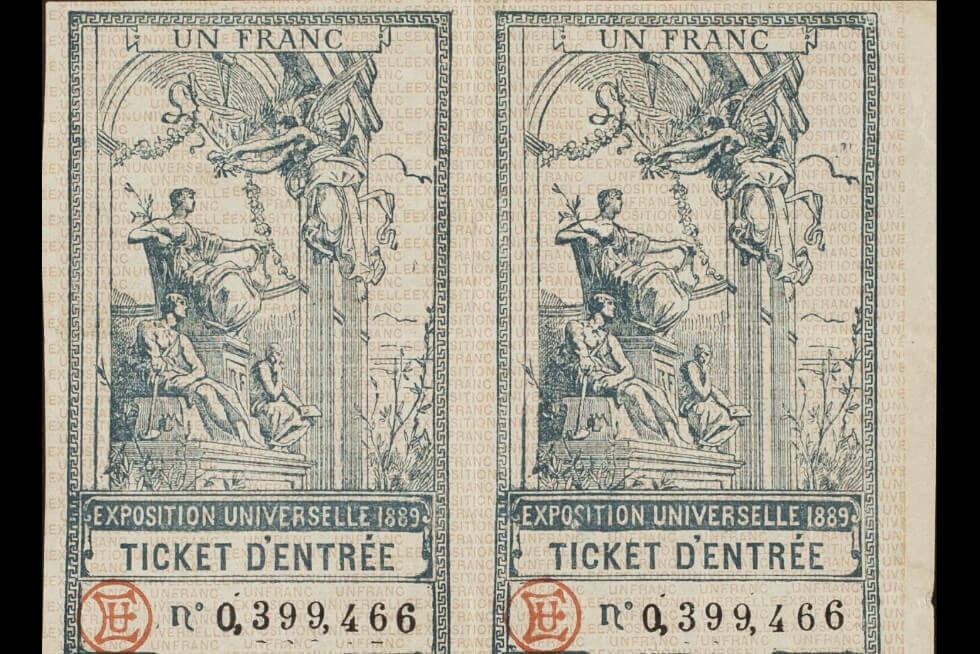
Image © Henry Madden Library, California State University, Fresno. Further reproduction is prohibited without permission.
Once lucky enough to gain entry, the pavilions and sites were best described as a luxury display of material culture. Arguably, the most famous structure created for this exposition was the Eiffel Tower. The tower is 1,063 ft tall and the tallest structure in Paris.
For its opening, the lifts were still yet to be completed so all tours took place on foot (yikes!). That said, it was still a success and before the lifts were completed on 26th May that year, nearly 30,000 visitors made the 1,710-step climb to the top.

Image © Hagley Museum and Library. Further reproduction is prohibited without permission.
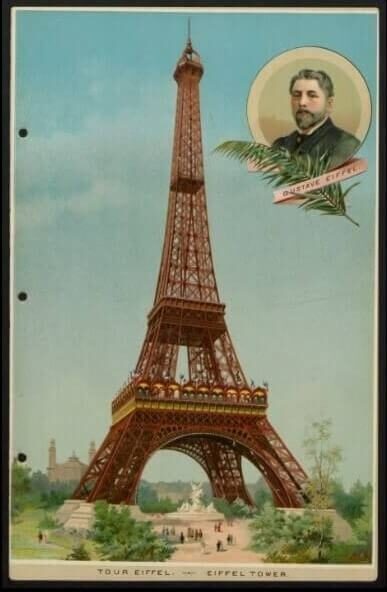
Image © Hagley Museum and Library. Further reproduction is prohibited without permission.
Each country used their pavilion to showcase the great inventions and creations of their country, and one which caught my eye was America’s exhibit of their world-famous Tiffany & Co. Today, the Tiffany & Co. website says “the company’s exhibit at the 1889 Paris fair was heralded as ‘the most extraordinary collection of jewels ever produced by an American jewellery house.’”
The images of the exhibit show that no expense was spared.
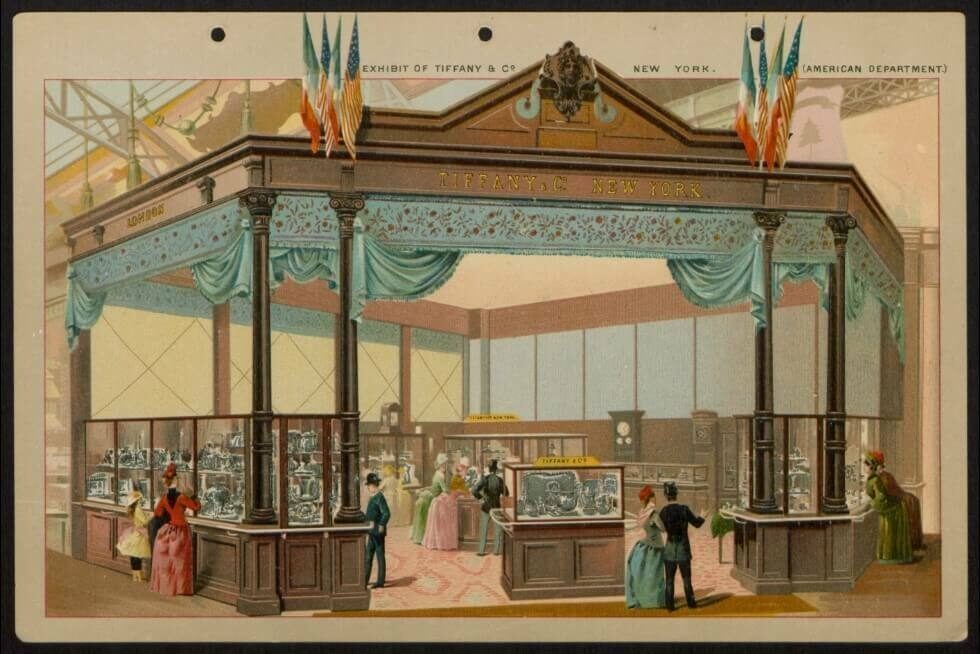
Image © Hagley Museum and Library. Further reproduction is prohibited without permission.
With so much on display from all over the world, from technological advances, innovative products, and famous brands, it must have been a feast for the eyes - and in my opinion, quite overwhelming too! With so much on display, there were lots of souvenir albums so that visitors could take away a memory of the Exposition Universelle.
Unsurprisingly, most of these souvenirs include a grand image of the Eiffel Tower which today, is of course synonymous with the city of Paris.
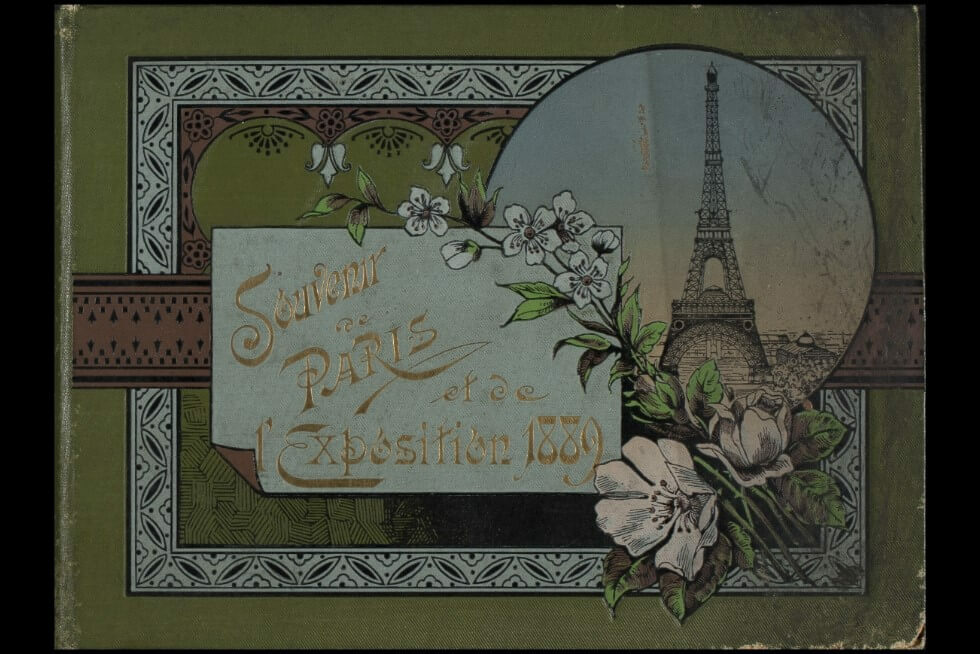
Image © Henry Madden Library, California State University, Fresno. Further reproduction is prohibited without permission.
For more information about World's Fairs, including pricing, please request a demo.
Recent posts

The blog highlights American Committee on Africa, module II's rich documentation of anti-apartheid activism, focusing on the National Peace Accord, global solidarity, and student-led divestment campaigns. It explores the pivotal role of universities, protests, and public education in pressuring institutions to divest from apartheid, shaping global attitudes toward social justice and reform.
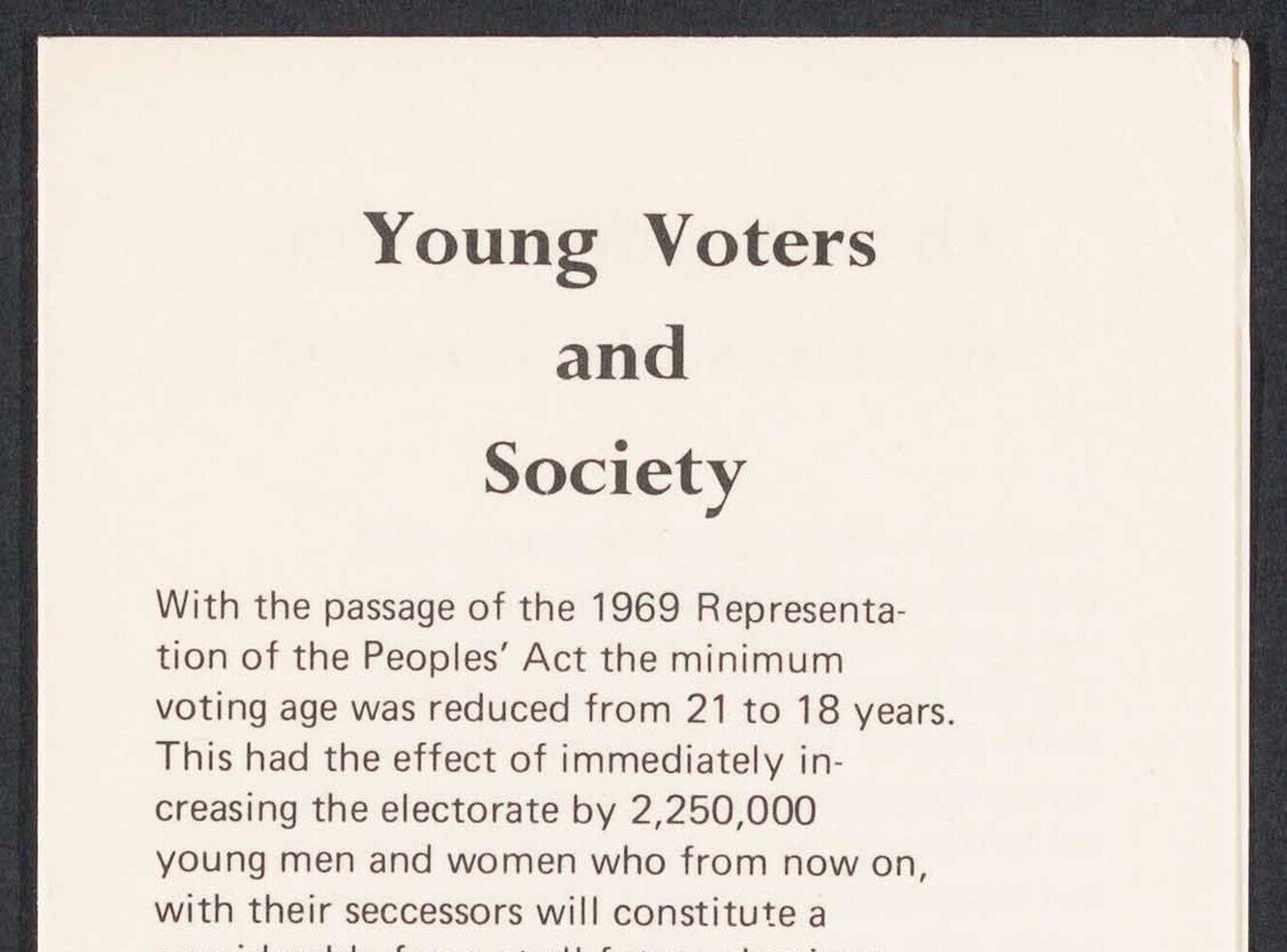
This blog examines how primary sources can be used to trace the impact of young voices on society, particularly during pivotal voting reforms in the UK and the US. Explore materials that reveal insights into youth activism, intergenerational gaps, and societal perceptions, highlighting their interdisciplinary value for studying youth culture, activism, and girlhood across history.
